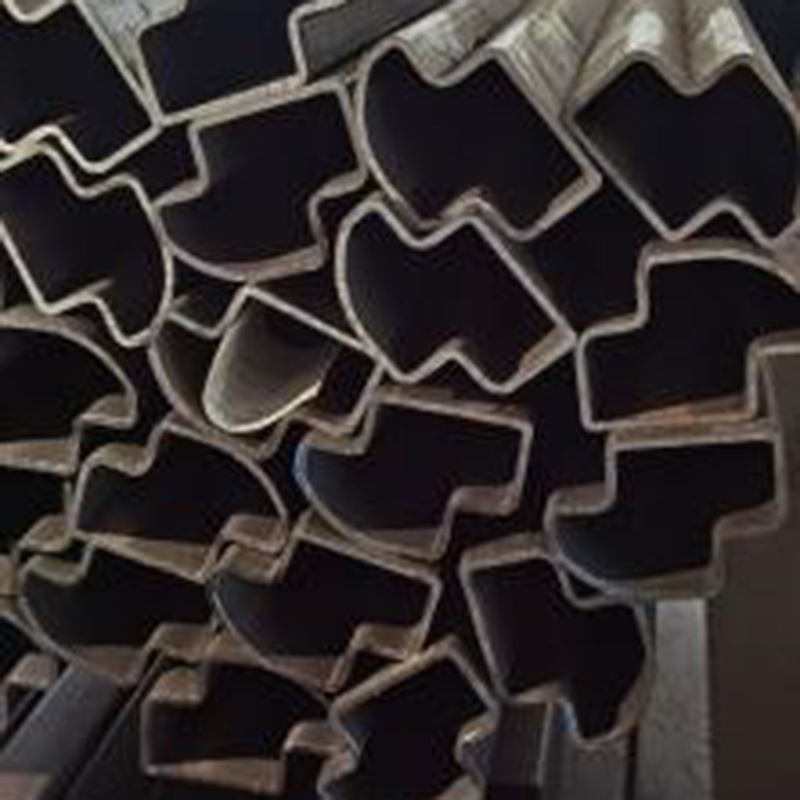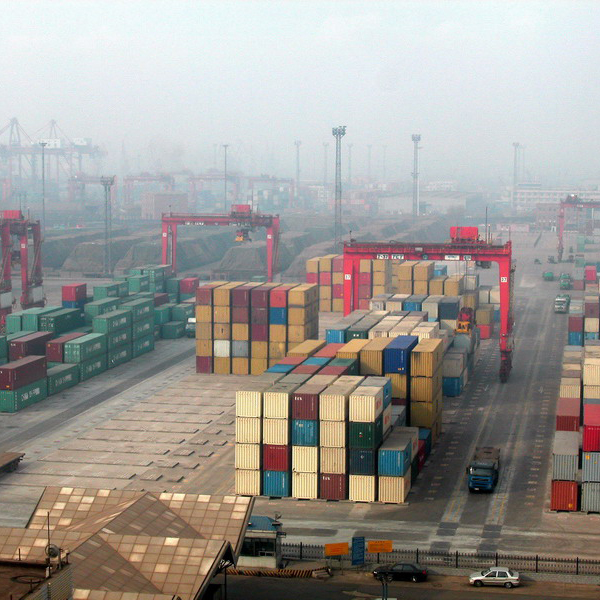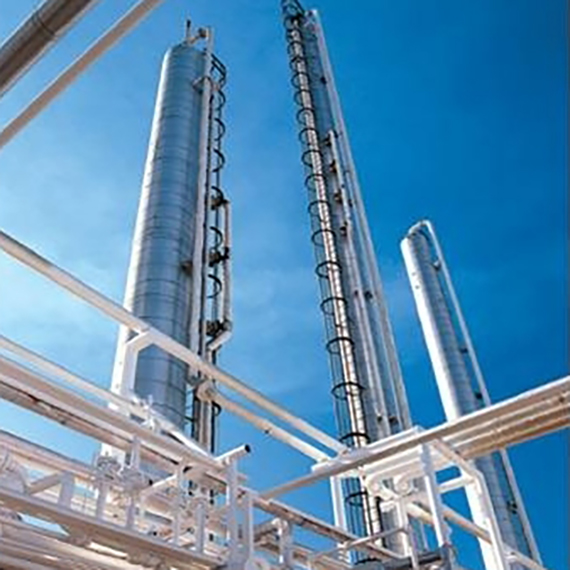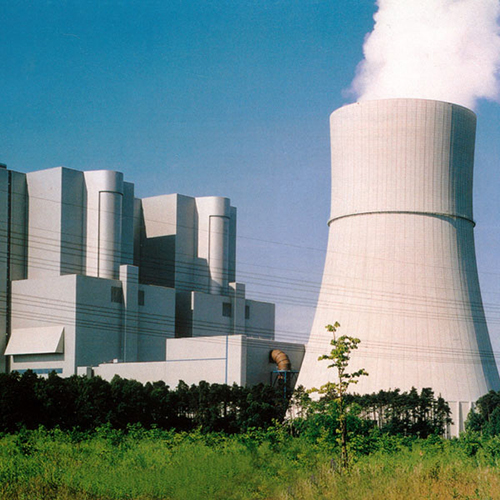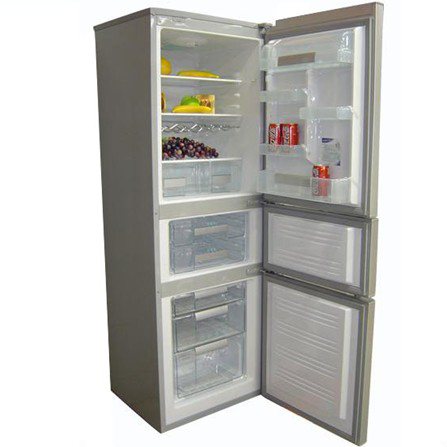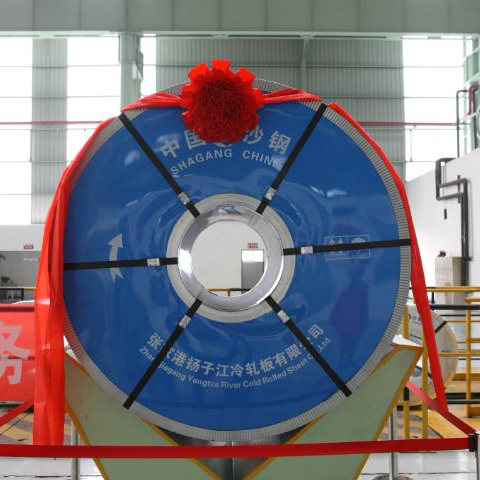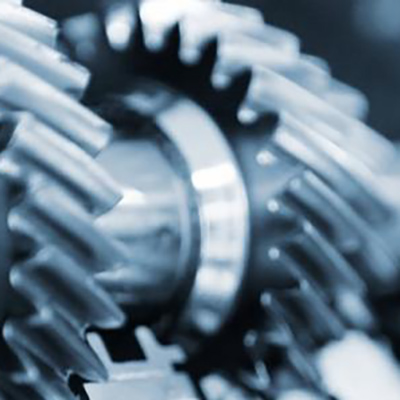0102030405
Heat resistant stainless steel plate
description1
description
| Product name | 0Cr23Ni13 (309S), 0Cr25Ni20 (310S), 0-1Cr25Ni20Si2,0-1Cr20Ni14Si2, S30815 (253MA), etc.; |
| Product specification | Thickness:0.5~80mm; |
| Product use | Widely used in boiler, energy (nuclear power, thermal power, fuel cell), industrial furnace, incinerator, heating furnace, chemical, petrochemical and other important fields; |
| Product features | Reasonable ingredients, good heat resistance, strong corrosion resistance, become the first choice of well-known brand users at home and abroad; |
| Product performance | Using molten iron as raw material, vacuum refining, harmful inclusion elements, low gas content, high steel purity, good welding performance; large furnace capacity, large compression ratio, uniform and stable chemical composition, good extension performance; |
| Product market dynamics | With the rapid development of China's economy, the nuclear power industry is developing rapidly, and the consumption of heat-resistant stainless steel is also increasing. The rapid development of industrial furnace, chemical reactor, incinerator and other industries has promoted the rapid growth of the demand for heat-resistant stainless steel. The special demand of heat-resistant stainless steel in boiler power station industry makes the demand of high-grade heat-resistant stainless steel bigger and bigger |
Composition and Alloying Elements:Heat-resistant stainless steel plates are typically made from alloys with a high chromium content, as chromium imparts excellent resistance to oxidation and corrosion at elevated temperatures. Other alloying elements such as nickel, molybdenum, and sometimes titanium or niobium may be added to enhance specific properties like creep resistance and strength at high temperatures.
Common heat-resistant stainless steel grades include:
Austenitic Stainless Steels:Grades such as 310S and 321 are austenitic stainless steels with elevated chromium and nickel content, providing excellent resistance to oxidation and corrosion in high-temperature environments.
Ferritic Stainless Steels:Ferritic grades like 409 and 430 are used in applications where moderate heat resistance is required, and they offer good corrosion resistance in certain environments.
Martensitic Stainless Steels:Martensitic grades like 410 and 420 offer high strength and moderate heat resistance. They are often used in applications requiring hardness and corrosion resistance at elevated temperatures.
High-Temperature Applications:Heat-resistant stainless steel plates are employed in various high-temperature applications, including:
Petrochemical Industry:These plates are used in the construction of petrochemical equipment such as furnaces, reactors, and heat exchangers where resistance to corrosive gases and high temperatures is crucial.
Power Generation:Heat-resistant stainless steel plates find applications in power plants for components like boilers, steam pipes, and turbine blades, where they must withstand the high temperatures and pressures associated with power generation.
Aerospace:In aerospace applications, these plates are utilized in components like exhaust systems, engine parts, and heat shields where exposure to high temperatures during operation is common.
Manufacturing Processes:Industries involved in manufacturing processes such as heat treatment, glass production, and metalworking utilize heat-resistant stainless steel plates for equipment and components exposed to extreme heat.
Properties:
Oxidation Resistance:Heat-resistant stainless steel plates are designed to resist oxidation at high temperatures, forming a protective oxide layer on the surface that prevents further degradation.
Creep Resistance:The ability of the material to withstand prolonged exposure to high temperatures and constant stress without undergoing excessive deformation is known as creep resistance. This property is crucial in applications involving sustained elevated temperatures.
Corrosion Resistance:Heat-resistant stainless steel plates exhibit excellent corrosion resistance in aggressive environments, protecting the material from degradation caused by corrosive gases or liquids.
Strength at High Temperatures:The alloys used in these plates are engineered to maintain their mechanical strength and integrity even at elevated temperatures, ensuring reliable performance under demanding conditions.
Conclusion:Heat-resistant stainless steel plates play a critical role in industries that require materials capable of withstanding extreme temperatures and corrosive environments. Their unique combination of alloy composition and specialized manufacturing processes makes them essential for applications where conventional materials may not offer the necessary durability and longevity. As technology advances, the development of new heat-resistant stainless steel alloys continues to broaden the scope of their applications in various high-temperature environments.
01




